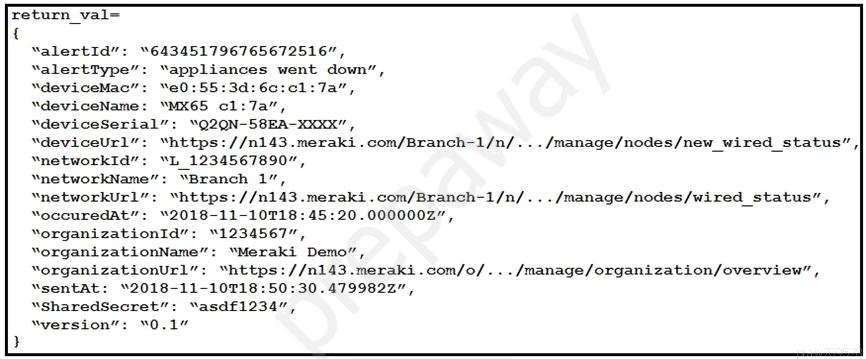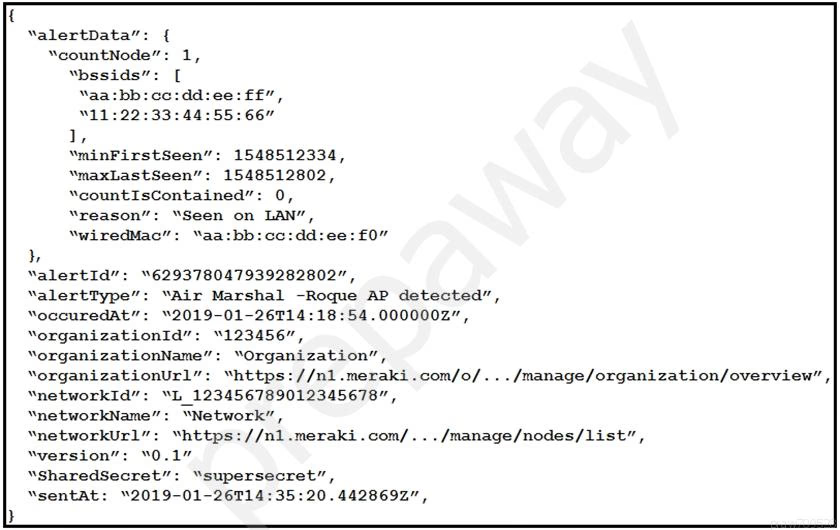Automating Cisco Enterprise Solutions
Here you have the best Cisco ENAUTO practice exam questions
- You have 105 total questions to study from
- Each page has 5 questions, making a total of 21 pages
- You can navigate through the pages using the buttons at the bottom
- This questions were last updated on June 27, 2025
- This site is not affiliated with or endorsed by Cisco.







